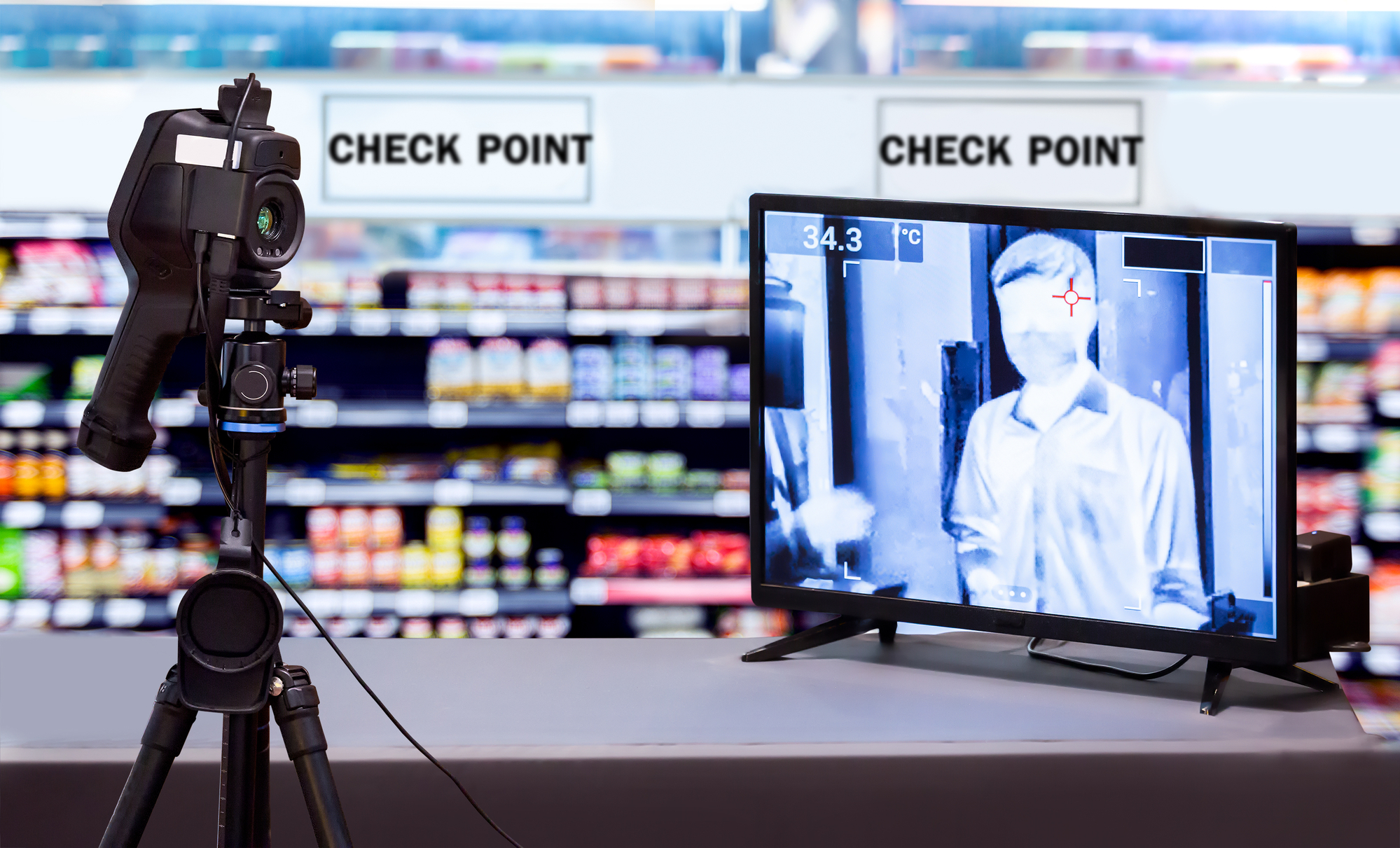The Covid-19 epidemic has forced a great many people and organizations to change their way of doing things. Many of us don’t like it, but certain measures have to be taken in order to combat this disease. Until things are brought back under control, we should be looking at all the options in the fight to control this disease…before it mutates and becomes something much worse. Let’s look at some of the ways in which technology can help in this regard.
What Is IoT?
IoT stands for the “internet of things.” It’s basically just a term that refers to smart devices of various kinds. These might include anything from an Alexa to the devices that are used to monitor hospital patients. Thus, the term “IoT” covers a lot of ground. In this article, we will discuss the ways in which IoT can be used against the Coronavirus.
More Efficient Patient Management
In some places, the Coronavirus has sent hundreds or even thousands to the hospital at a time. You may not have thought about this question, but you should ask yourself: Are hospitals really equipped to deal with so many at once? In many cases, the answer is no. Thankfully, IoT devices can make mass patient management a little easier.
For instance, they can use IoT devices to keep tabs on the vital statistics of each patient. These would include things like heart rate, blood pressure, body temperature, and other such metrics. Thus, when someone’s vitals go too low or high, IoT devices can quickly alert all needed personnel.
Contact Reduction Devices
Right now, most of the world is on lockdown. However, that lockdown cannot realistically go on much longer. Before long, economic factors will force nations to open up again, and this is already happening to some extent. When that happens, there will be a period during which people should continue to observe precautions to prevent a resurgence of the virus.
That is when contactless IoT devices can do a lot of good. For instance, let’s say that you want to wash your hands at the sink. By having a voice-activated IoT soap dispenser, you can allow employees to get the soap without having to touch anything. Contactless dispensers like that could do a lot to prevent the spread of germs and infection, too.
If you don’t think that contactless dispensers will make much of a difference, consider the following study as evidence. Researchers compared traditional bulk-fill soap dispensers with contactless IoT dispensers, and the differences (in terms of infection rates and overall bacterial load) were pretty large. Most disturbing of all, they found that there was harmful bacteria inside the bulk-fill reservoir itself. This means that the standard dispensers can actually turn the soap itself into a carrier of disease.
Contact Tracing
This somewhat sinister-sounding phrase has been in the media quite a bit lately, and it refers to the practice of tracing an infected person’s movements. By looking at IoT data (mostly from cell phones), researchers have often been able to track the spread of diseases. While this technology does have a high potential for misuse, it is hard to deny that contact tracing is necessary for a Covid-infected person.
In the past, this would have had to be done using invasive methods like going door to door and asking the patients friends and families for information. However, it can now be done using a simple IoT tracking device. This makes it incredibly easy to tell where someone got the virus, and makes it much easier to track down the original carriers.
For an example of how effective this method can be, you might look at this study. It details the methods by which scientists were able to track the spread of Dengue fever in Singapore. As you can see, the results were pretty precise. Health officials were able to use this data to bring that particular epidemic under control, so there’s no reason that it can’t help with our Covid woes.
Cleaner Products And Materials
You may have wondered why this Covid-19 pandemic has spread so quickly. The answer to this question can be seen by taking a look at the global economy and how interconnected it has become. Thus, a pandemic in China can affect the entire world. When you consider how many of the world’s goods are manufactured in China, you get a recipe for an outbreak. However, the use of IoT devices could help to prevent this issue in the future.
Makers of personal protective equipment (like gloves and masks) have already begun using IoT devices to monitor their products and equipment. Obviously, these products must be guaranteed to be free of contamination…otherwise, they become useless. IoT devices can be used to monitor storage spaces for any changes in temperature, humidity, bacterial load, etc. Thus, a contaminated batch can quickly be identified and destroyed.
These methods are not just limited to the medical profession. The food industry is another one in which contamination is of paramount importance. It’s also a potential vector for the spread of Covid-19. Some countries have already instituted virus monitoring programs for the food industry, many of which have the force of law behind them.
Conclusion
These are just a few of the ways in which a competent IoT setup can help us to control the spread of Covid-19. We have deliberately neglected to mention the use of IoT devices in quarantine enforcement, as this is a dicey issue from both a moral and legal perspective. However, those who truly need to quarantine should voluntary isolate themselves out of consideration for others.
With a little bit of intelligence and common sense, combined with some help from modern technology, the spread of this disease can and will be stopped. To see how IoT solutions can be effectively harnessed for this purpose, you should visit One Blink Tech and check out some of the most innovative solutions around.



